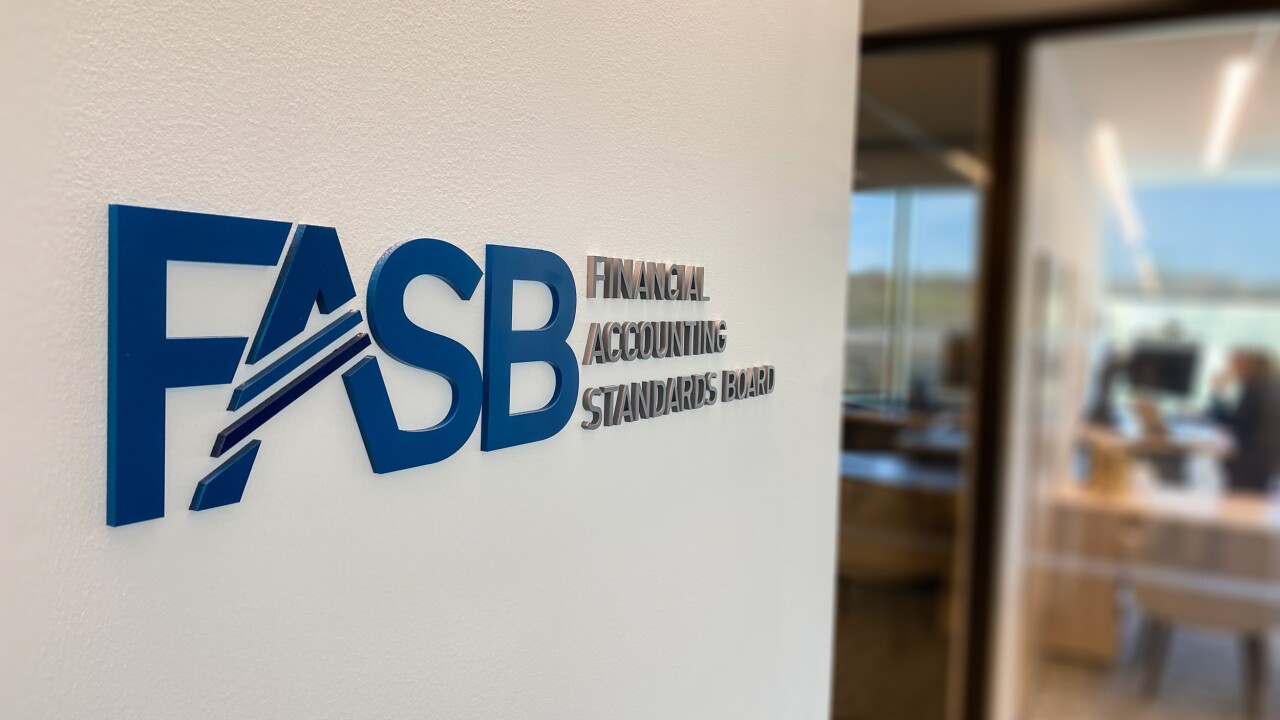By now, anyone reading this column has heard enough about the historic set of challenges confronting tax and accounting firms.
According to our recent
Gap emerges between tech leaders and laggards
The findings make it clear that tax and accounting firms recognize that the world has fundamentally changed, and new technologies — notably AI and automation tools that let them streamline workflows, gain efficiencies of scale and establish service differentiators — hold the key to transformation. That's all well and good, of course, but how, exactly, are firms implementing these technologies in the real world, and where should they prioritize when it comes to taking the first steps toward tech-driven modernization? That's where things get more complicated.
Based on my work with all different shapes and sizes of tax and accounting firms, I've found there are many different interpretations out there when it comes to technology adoption. While some firms are in the early stages of technology adoption, focusing on basic digital workflows like shared document access, others have advanced to deploying generative AI and agentic AI to automate complex tasks. Perhaps not surprisingly, the latter group is already starting to see a return on investment from their technology initiatives, and they are quickly starting to separate themselves from the competition.
A more complete view of tax
The central difference between the two is integration. Tech leaders among tax and accounting firms are finding ways to integrate previously disparate components of their day-to-day operations into streamlined, connected workflows that automatically embed critical intelligence at every step in the process.
For example, a firm conducting tax preparation work using legacy tech tools will likely manually collect data from clients using a combination of email, scanned documents, faxes and sometimes even a shoebox full of receipts, load that information into tax preparation software of some kind, cross-reference that information with current tax code using a separate research tool, and upload returns for signatures and processing using yet another tool.
Meanwhile, a similar firm using the latest agentic AI solutions is able to execute all those functions through a single interface that can ingest and analyze unstructured data, apply the latest tax policy changes, flag potential issues and create a return. Beyond the obvious benefits of automating cumbersome, inefficient processes, the AI-enabled workflow also allows tax pros to conduct in-depth scenario analyses and provide more proactive, consultative guidance to clients.
Leveling up
In both examples, firms are using technology to help prepare a tax return. But the more technologically mature firm is doing it significantly faster while creating opportunities to offer more strategic advice and even project different tax impacts based on potential changes to the tax code or different tax planning strategies.
The fact is that not all technology was created equal. Things are moving fast in the tax and accounting space. New agentic AI models — capable of interacting dynamically with their environment, making decisions, and adapting based on feedback — are making it possible to factor myriad variables into forecasts to help firms and their clients look into the future in ways that were never before possible. Firms that adopt those technologies will find countless new opportunities to grow their offerings and their businesses. Those that wait may not get a chance to play catch-up.





